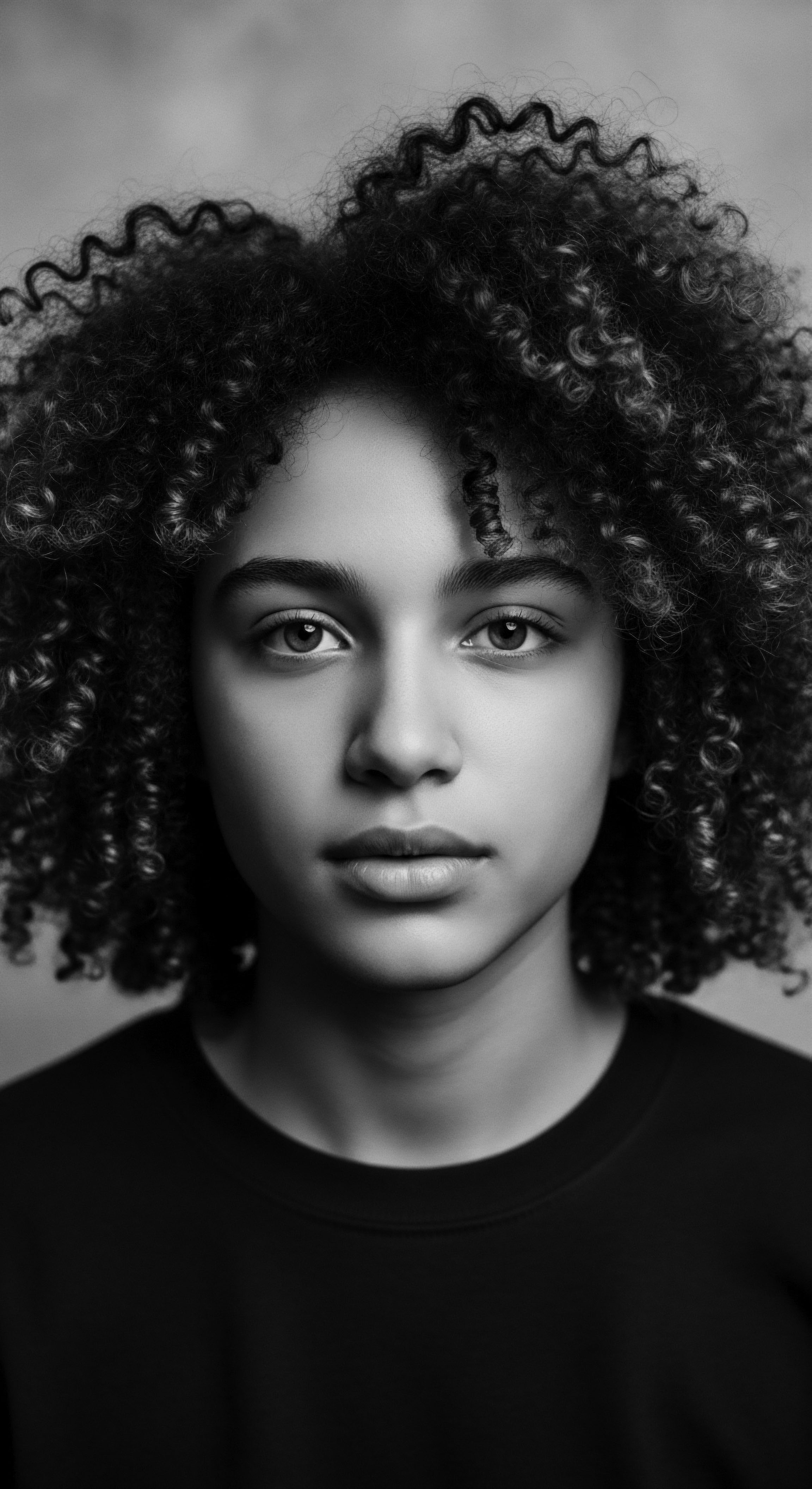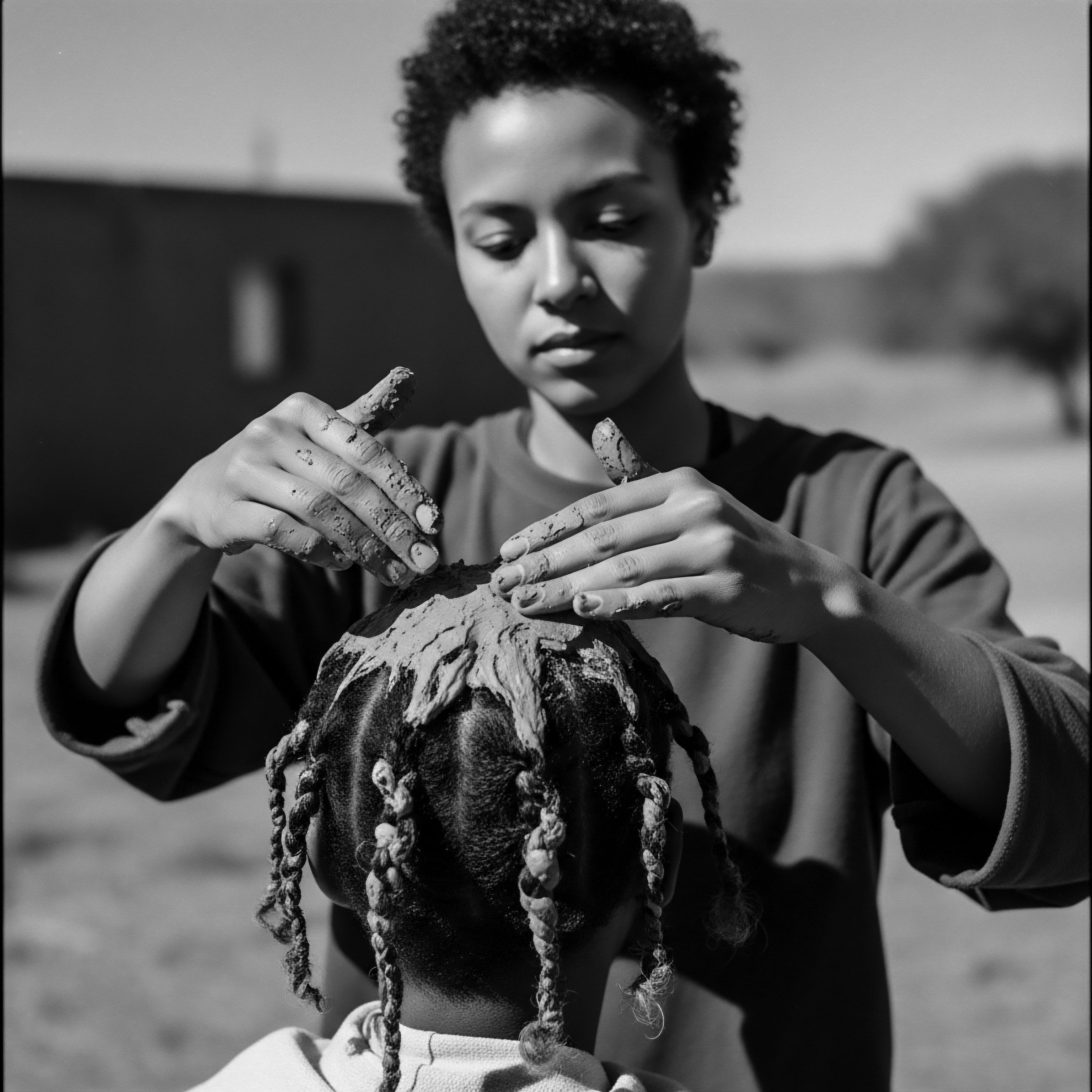
Why is nighttime hair protection vital for retaining moisture in textured hair?
Nighttime hair protection is vital for retaining moisture in textured hair by minimizing friction and preventing moisture loss, a practice rooted deeply in ancestral care traditions.
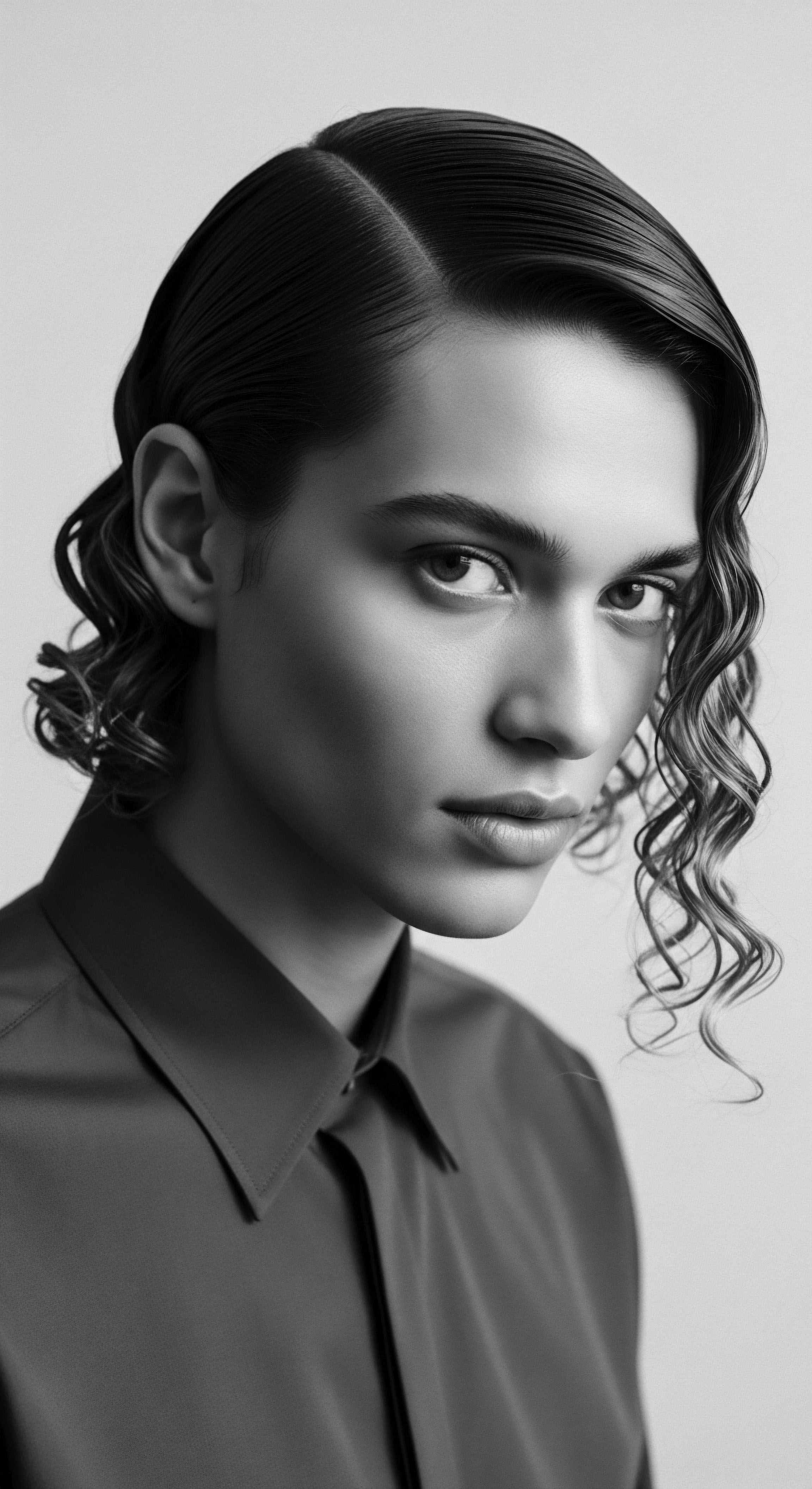
How does sleep surface affect textured hair?
Sleep surfaces cause friction and absorb moisture, impacting textured hair health; silk or satin are preferred for preservation, echoing ancestral protective methods.
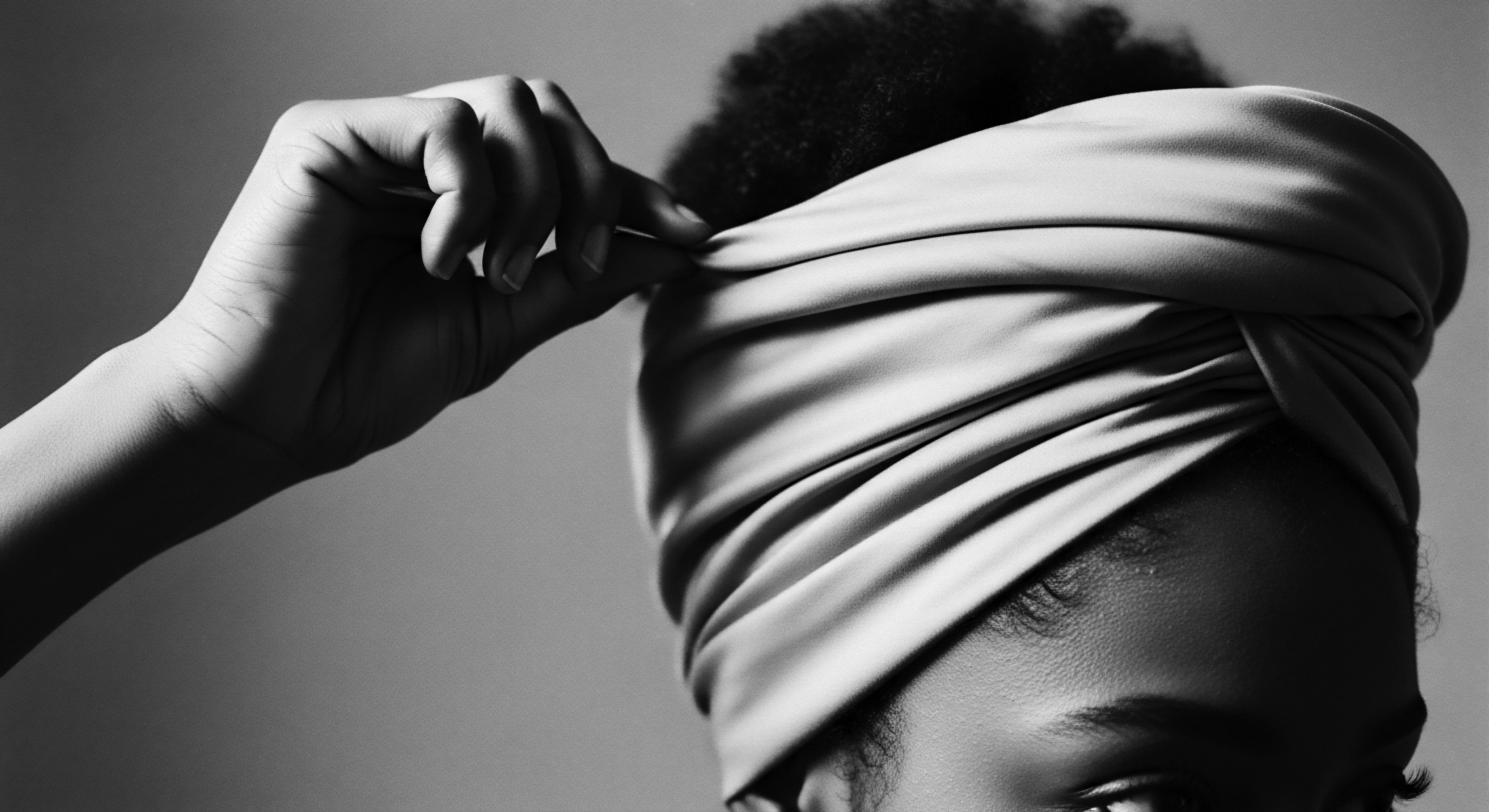
How does night protection safeguard textured hair?
Night protection safeguards textured hair by minimizing friction and preserving moisture, honoring ancestral practices of hair preservation.
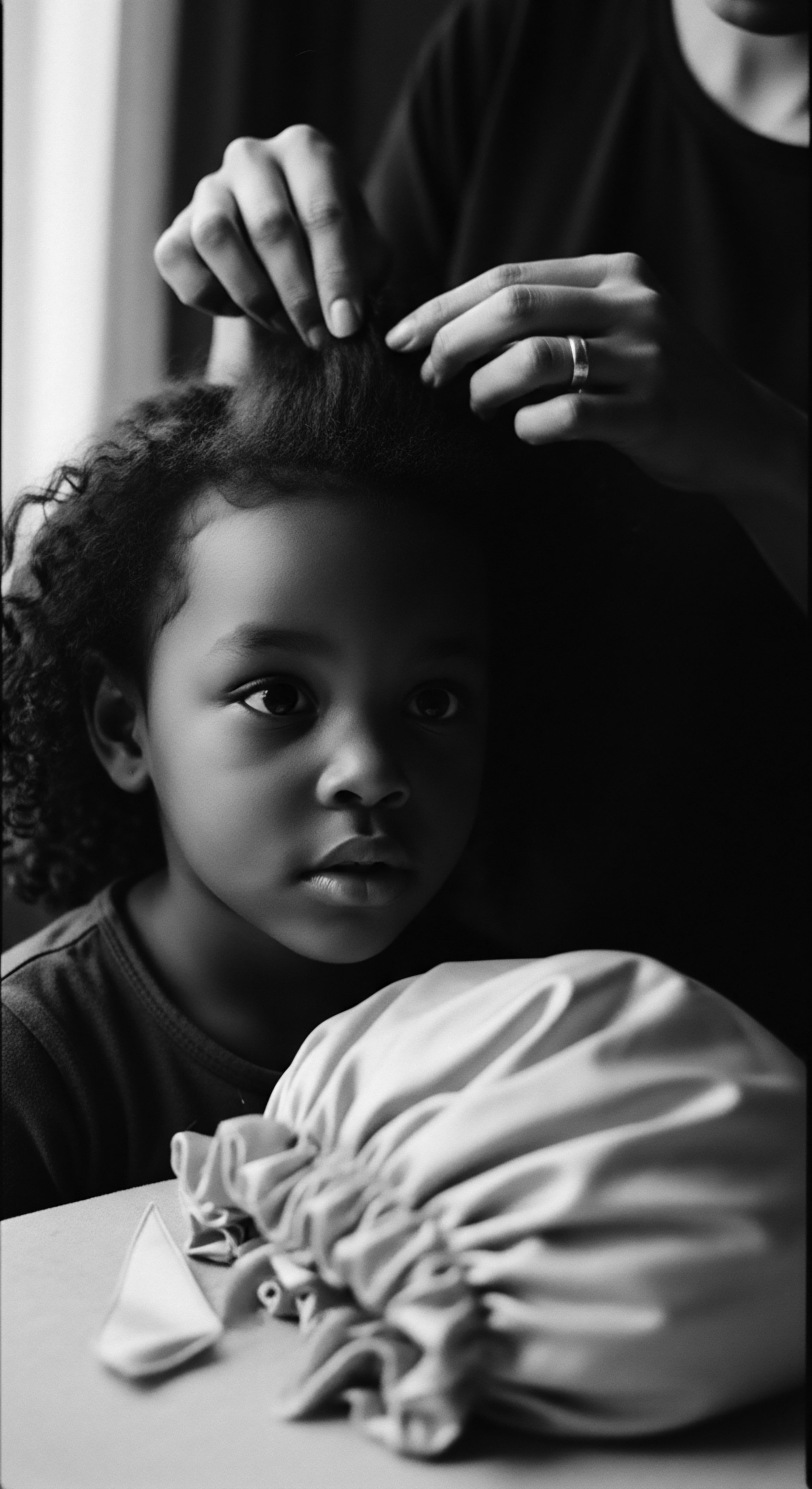
How do silk pillowcases benefit textured hair?
Silk pillowcases reduce friction and retain moisture for textured hair, extending ancestral hair protection practices.
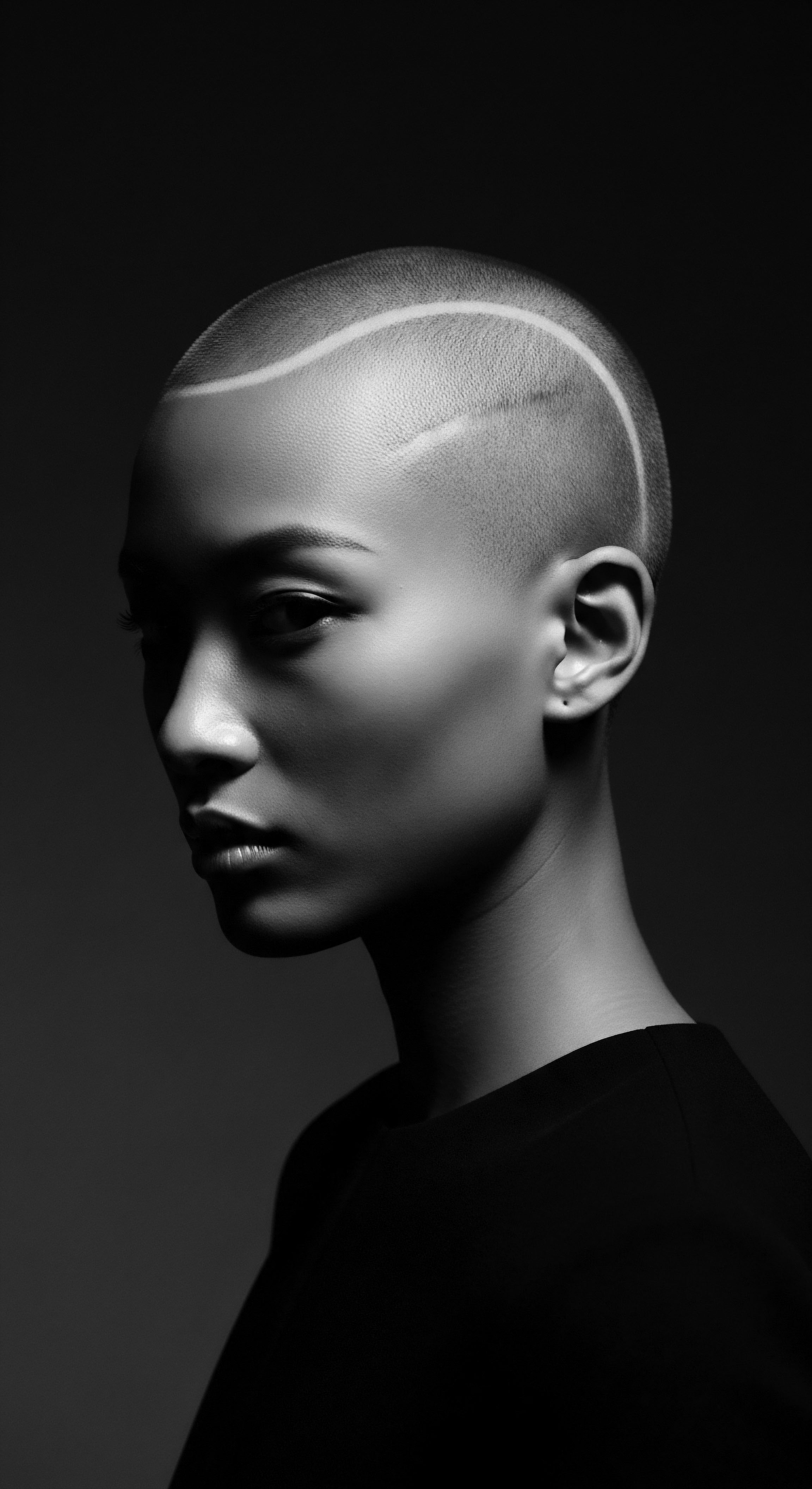
Can satin or silk pillowcases impact textured hair moisture?
Satin and silk pillowcases minimize friction and moisture absorption, upholding an ancestral legacy of protecting textured hair.
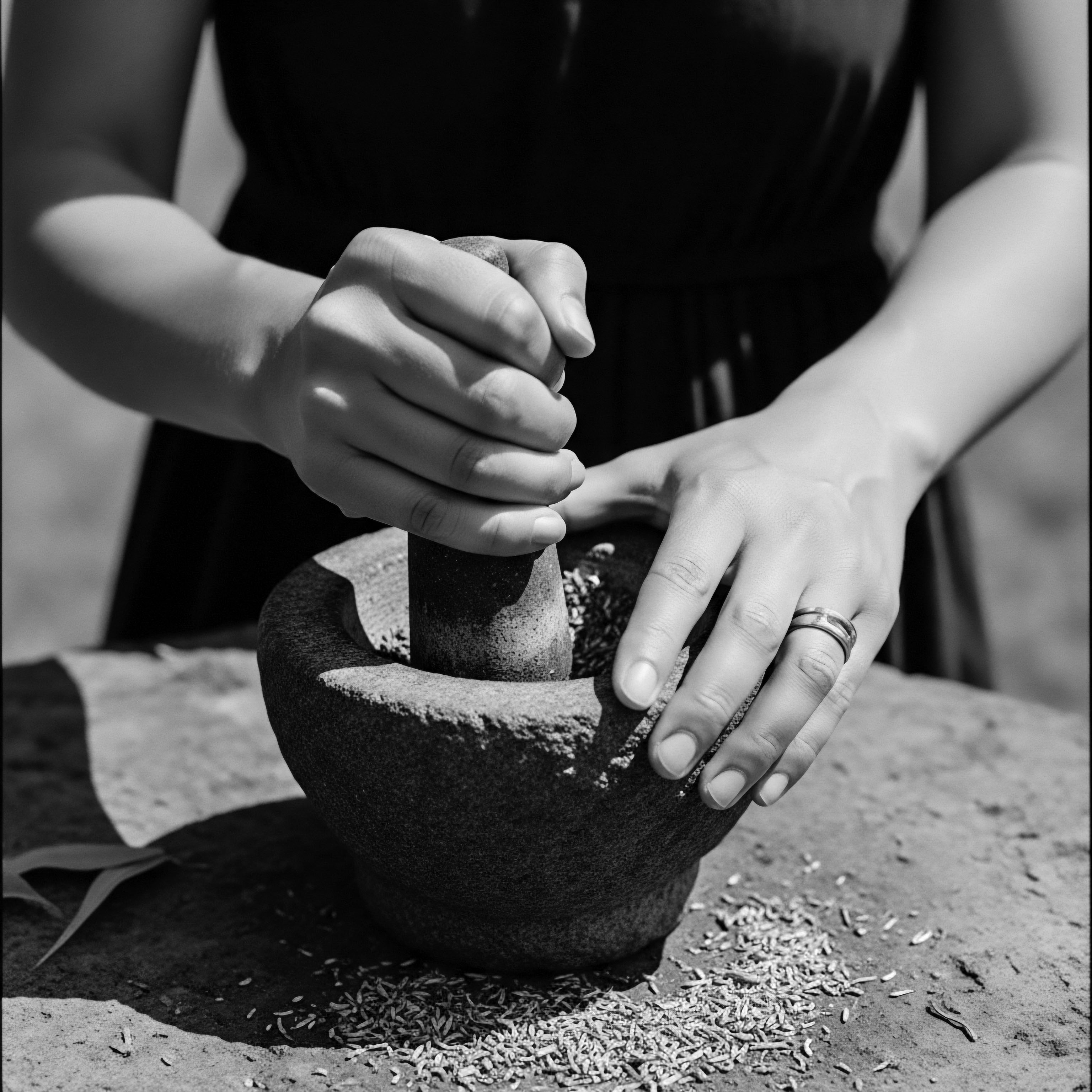
Can changing pillowcases improve moisture retention for textured hair?
Changing to a silk or satin pillowcase significantly improves moisture retention for textured hair, continuing a heritage of ancestral care.
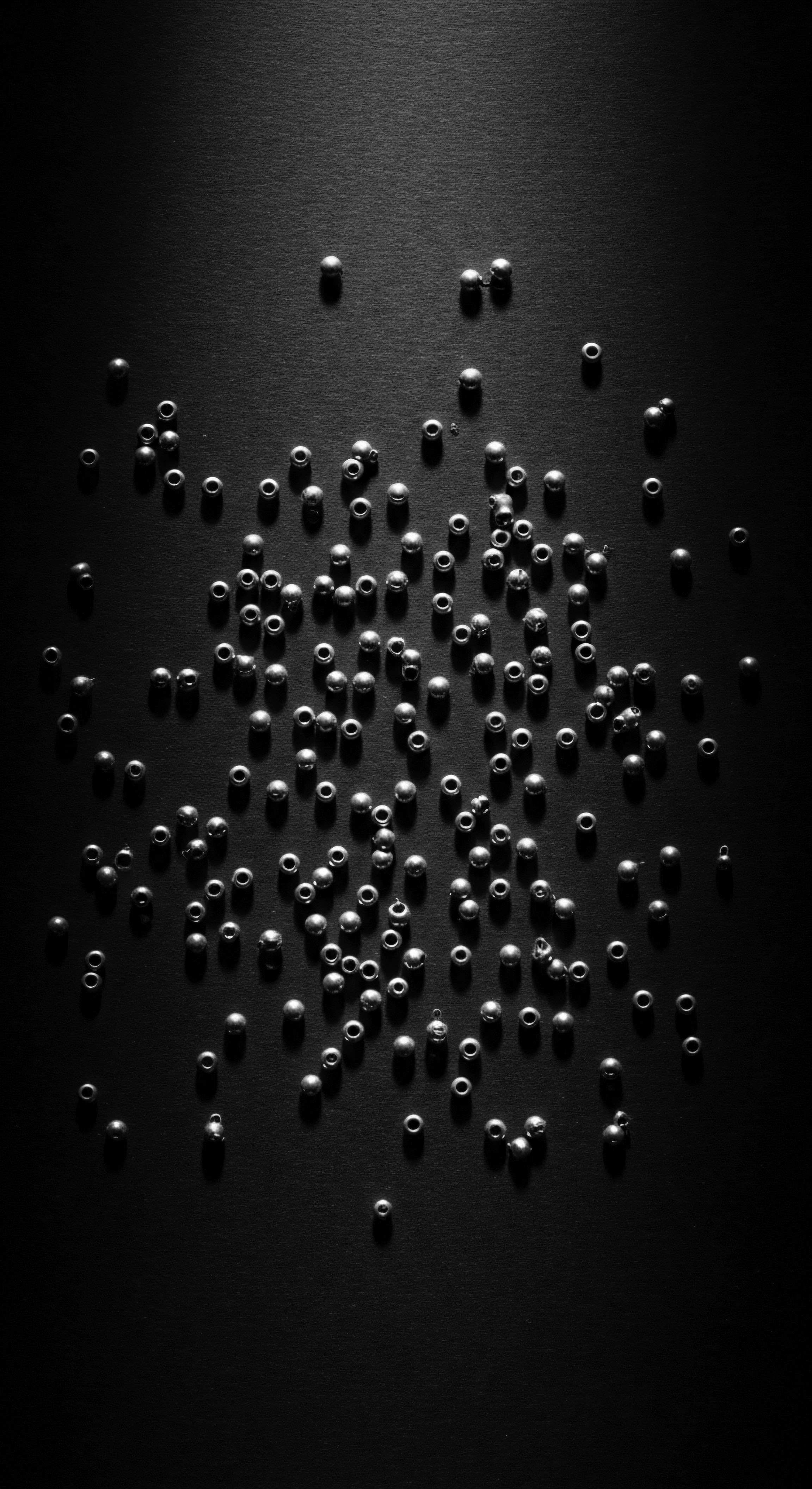
Bedding Fabric
Meaning ❉ Bedding Fabric refers to the textile surface in contact with hair during sleep, critically influencing hair health and cultural care practices.
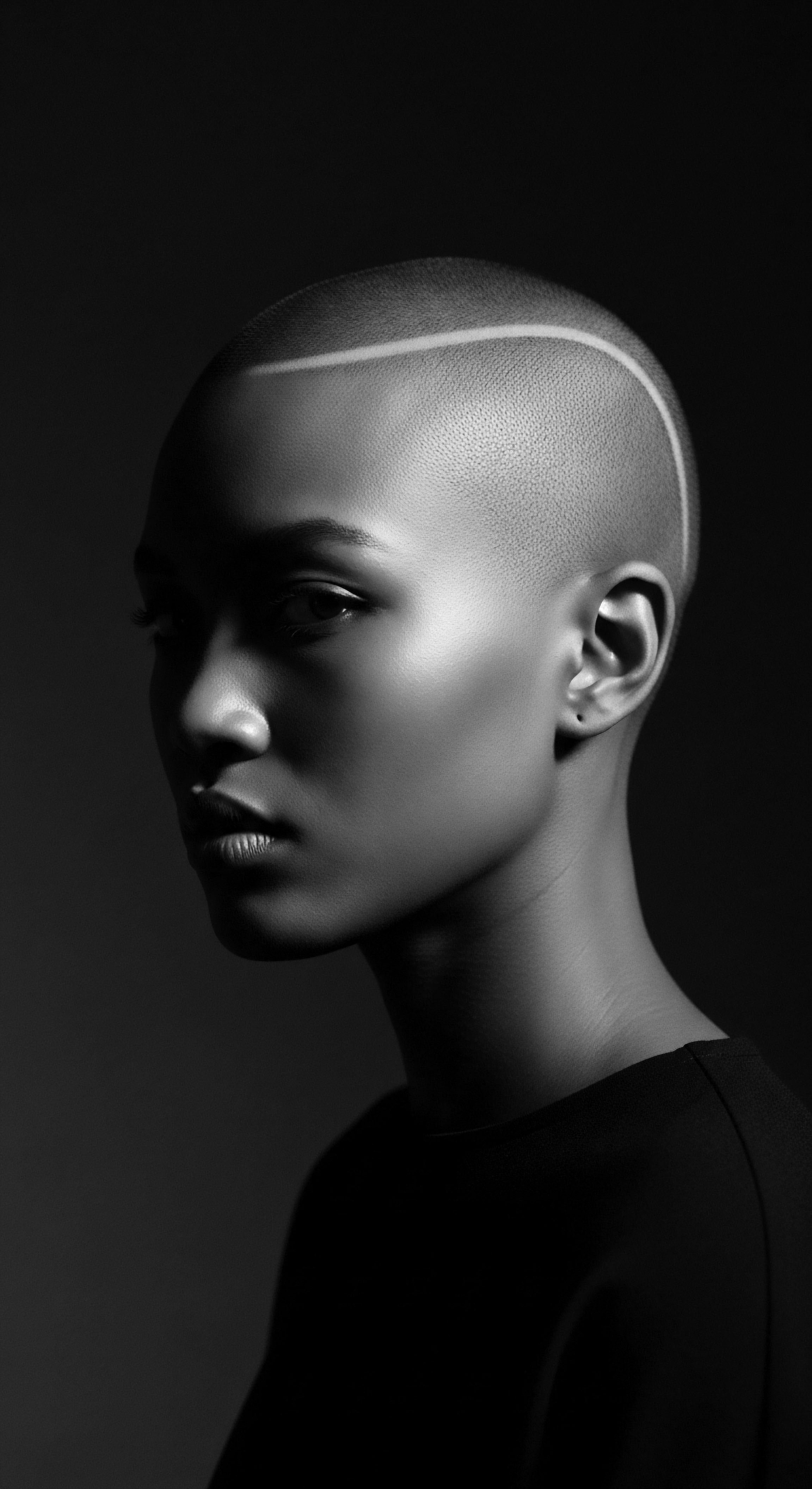
Can specific textile choices impact the long-term health of textured hair?
Specific textile choices, rooted in heritage, mitigate friction and moisture loss crucial for textured hair's long-term health.
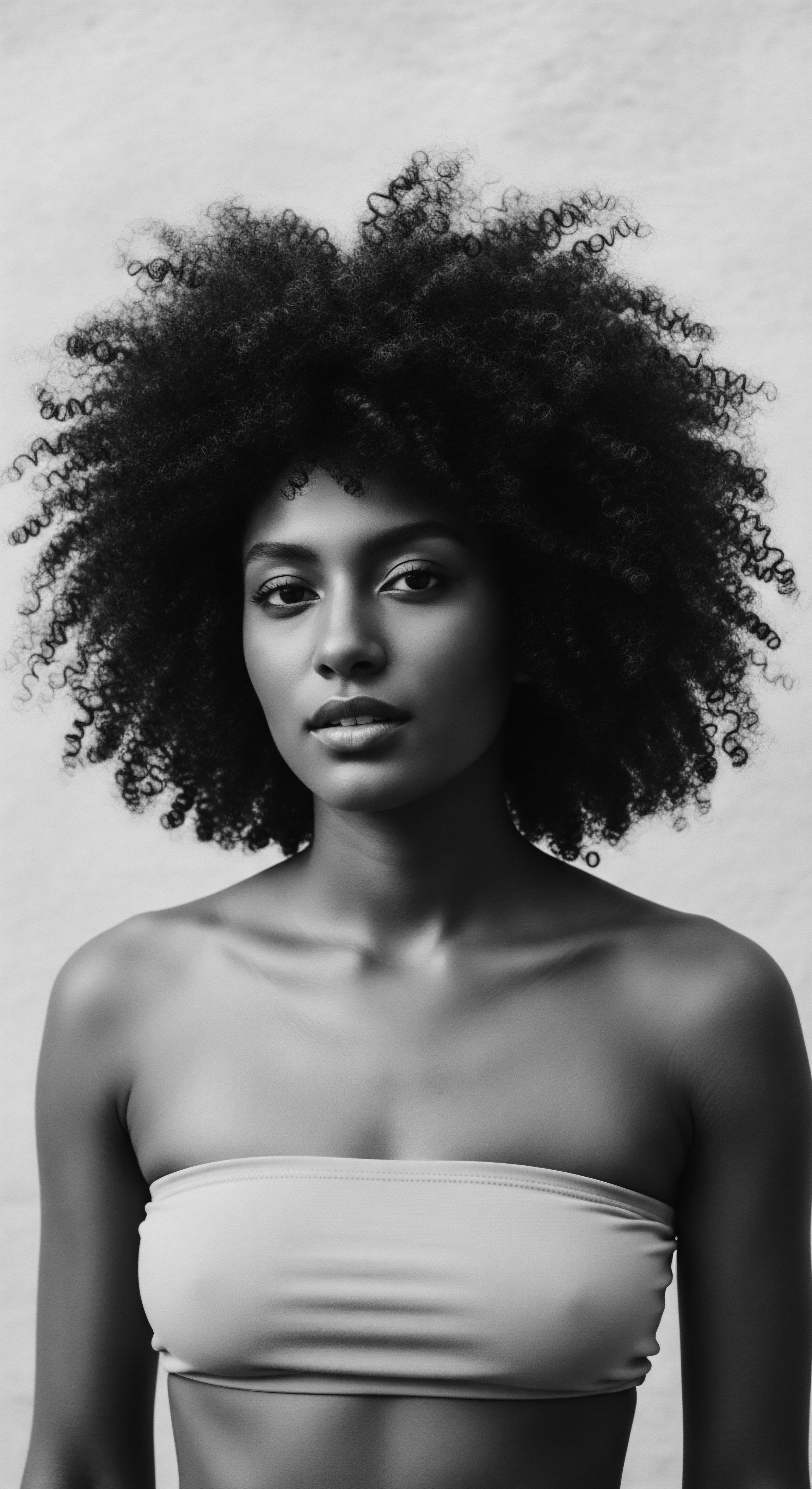
What materials best protect textured hair at night?
Silk and satin materials protect textured hair at night by minimizing friction and retaining moisture, echoing ancestral wisdom.

